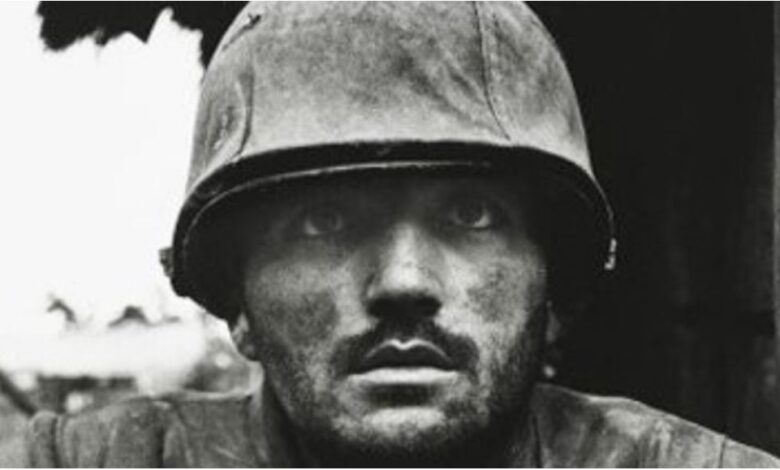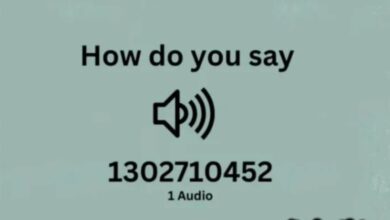Understanding the Thousand Yard Stare: A Window into the Soul

The term “thousand yard stare” describes a faraway look in someone’s eyes that often shows deep thoughts or emotions. This gaze is commonly seen in people who have experienced intense stress or trauma. It can be a sign of someone reflecting on their past or dealing with painful memories.
When we see the thousand yard stare, it reminds us that people carry their stories and experiences with them. Understanding this look can help us support friends or loved ones who may be going through tough times. Let’s explore more about this fascinating expression and what it means for those who experience it.
What Is the Thousand Yard Stare? Understanding Its Meaning
This phrase refers to a distant, unfocused gaze that many people may display during moments of reflection or distress. The eyes may seem to look through someone or something, indicating that the person is lost in thought. When someone exhibits this look, they might be recalling past experiences or facing overwhelming emotions.
Often, the thousand yard stare can signal that someone is struggling to cope with their feelings. It’s important to approach these individuals with compassion and understanding. Sometimes, simply being there for them can make a big difference in their emotional healing.
Why Do People Experience the Thousand Yard Stare?
Many factors can lead to this expression. Stressful situations, such as military combat, natural disasters, or personal tragedies, can trigger this look. In these moments, individuals may feel disconnected from their surroundings. The brain tries to process intense feelings and experiences, causing the distant gaze.
Common Causes of the Thousand Yard Stare
- Traumatic Events: Experiences that cause severe emotional distress can lead to this stare.
- Mental Health Issues: Conditions like PTSD or depression may contribute to this expression.
- Overwhelm: Everyday stress can sometimes result in people zoning out or disconnecting emotionally.
Recognizing these triggers is essential for understanding and supporting those who may exhibit this stare.
Recognizing the Thousand Yard Stare in Different Situations
The thousand yard stare can appear in various settings. It’s often seen in people who have faced trauma or significant emotional strain. This look is not limited to one group; it can occur in veterans, survivors of abuse, or anyone dealing with difficult experiences.
Observing the context in which this expression appears can provide insights into a person’s emotional state. It’s vital to approach the situation gently. Asking if they want to talk can be a good first step in offering support.
How to Support Someone Showing the Thousand Yard Stare
If you notice someone displaying this expression, it’s important to approach them with care. Offering a listening ear can help them feel understood and less alone. Encourage them to share their thoughts, but do not force them if they are not ready. Sometimes, just being there is enough.
Tips for Supporting Others
- Listen Actively: Let them share their feelings without interruption.
- Show Empathy: Acknowledge their pain and let them know it’s okay to feel how they do.
- Encourage Professional Help: Suggesting a counselor or therapist can be beneficial for those struggling deeply.
Being supportive can play a key role in helping someone navigate through their emotions and experiences.
Real-Life Stories: The Thousand Yard Stare in Everyday Life
Many people have experienced the thousand yard stare without even realizing it. Stories shared by veterans often highlight this expression. They talk about the moments they were away from the battlefield, yet their minds were still trapped in those memories. These experiences illustrate how powerful the mind can be.
In everyday life, individuals may also face situations that lead to this look. Whether it’s dealing with the loss of a loved one or going through a difficult breakup, people can find themselves lost in thought, showcasing this distant gaze.
The Thousand Yard Stare and Mental Health: What You Should Know
The expression is closely tied to mental health. Individuals who experience significant trauma often struggle to cope with their feelings. As a result, they may display the thousand yard stare more frequently. Understanding this connection can help us recognize when someone might need help.
Understanding Mental Health Links
- PTSD: Many veterans and survivors may experience this gaze due to traumatic memories.
- Anxiety Disorders: High levels of anxiety can cause individuals to zone out.
- Depression: Feelings of hopelessness may lead to moments of disconnect.
Encouraging open conversations about mental health can promote healing and understanding.
Moving Forward: Healing from the Thousand Yard Stare
Healing from this expression takes time and support. It’s crucial to understand that recovery is a journey, not a race. Many individuals benefit from professional help, such as therapy or counseling. This guidance can provide tools to process emotions and overcome past experiences.
Steps Toward Healing
- Talk About It: Sharing feelings can be a powerful way to begin healing.
- Engage in Therapy: Professional guidance can help navigate difficult emotions.
- Connect with Support Groups: Finding community support can make a significant difference.
Conclusion
In the thousand yard stare is a powerful expression that shows deep emotions and thoughts. It can help us understand when someone is going through a tough time. By recognizing this look, we can be there for our friends and loved ones, showing them they are not alone.
Helping those who show this stare is important for their healing. Whether it’s through listening or encouraging them to seek help, our support can make a big difference. Remember, everyone has their own story, and sometimes, all it takes is a little kindness to help them feel better.



